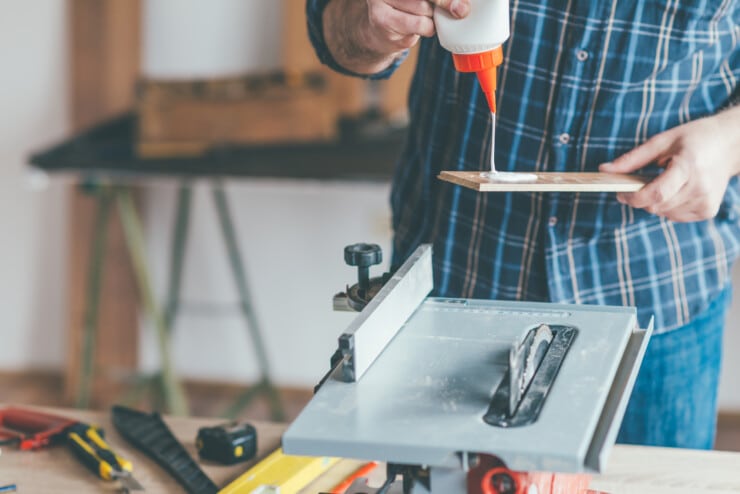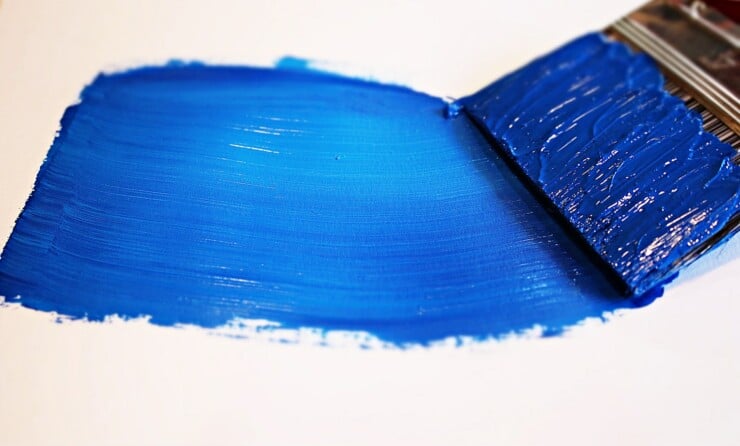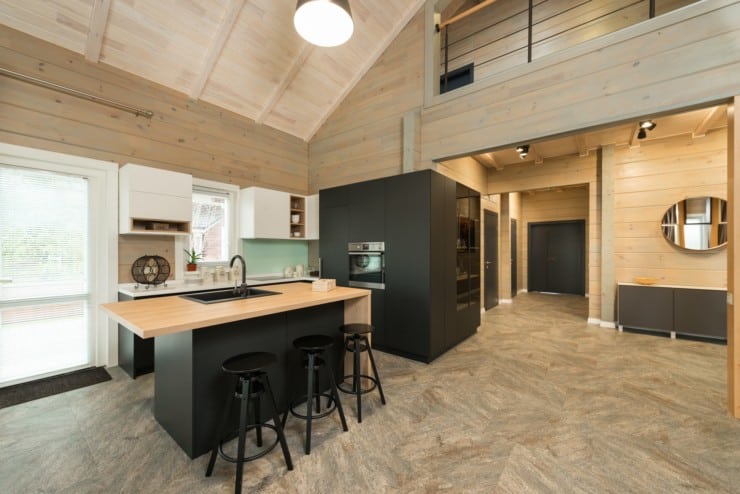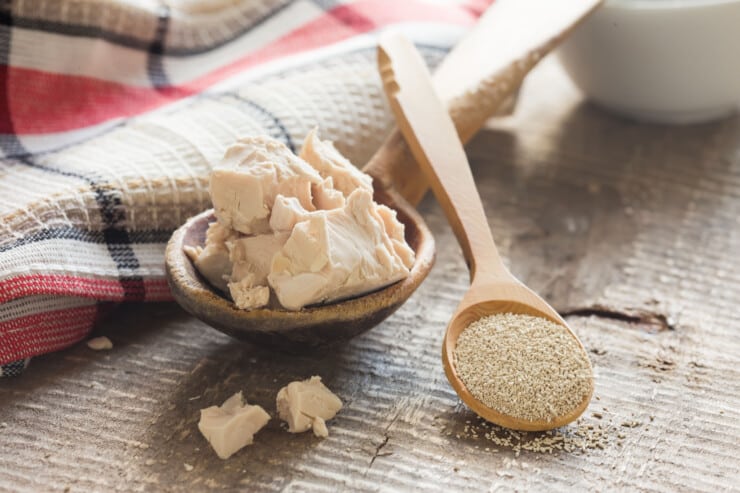5 Natural Sound Absorbing Materials That Can Be Used To Reduce Echo
Using natural materials has become a viable solution for addressing unwanted echoes.
Researchers have found that natural materials, like wool or plants, can turn into sustainable sound absorbers. They are as potent as traditional absorbers made of plastic and mineral combinations.
Here are 5 natural sound absorbing materials – we’ll expand in more detail below:
- Medium Density Fiberboard
- Coconut husk (see more info here.)
- Open-celled Foam
- Bamboo
- Plants (See here for sound absorbing plants.)
Let’s chat about natural sound absorbers and how well they work. It leads us to our question:
Do natural sound absorbers work?
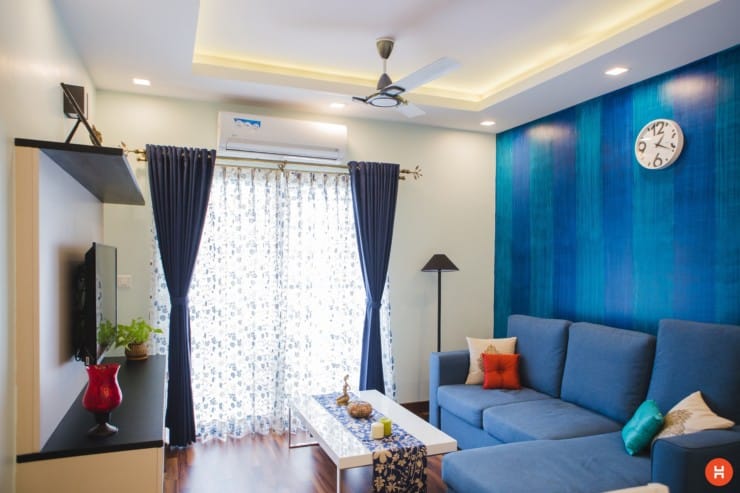
Sound absorption materials are used for a wide array of applications. Nonetheless, it is vital to examine if they work well.
According to experts, some natural materials absorb sounds more than others. Plus, they are lighter on the pocket too.
When working on which sound absorbers you should opt for, it is essential to examine your needs and the type of frequencies you will deal with.
For example, low frequencies are hard to absorb as they contain energy wavelengths that are hard to manage.
Meanwhile, the standard and high-frequency ranges are easy to control. They need dispersion and absorption because of their rapid speed.
When you are inclined to use natural sound-absorbing materials, you can use multiple layers and different materials.
Each type has its unique set of properties for dispersing and penetrating frequencies.
Dense materials are capable of absorbing low-frequency sounds. On the other hand, the porous materials can absorb or disperse medium to high range frequencies.
Considering these properties, we can assume that some natural materials can absorb sound more effectively than others. Using them in conjunction can help to reduce echo in rooms.
Five natural sound-absorbing materials that help to reduce echo

Cotton tops the list when it comes to raw sound-absorbing materials.
Cotton fibers have acoustic properties that are more or less similar to fiberglass and rock wool. You can use natural cotton in several ways to absorb sound.
It is hygienic, resistant to mold, heat, and germs. These properties make cotton an excellent cold insulator, not to forget that cotton is widely available to all.
You can also ask for the help of professionals who make densely compressed cotton pads. They work as acoustic sound absorption panels.
Aeration of these pods makes them porous and dense. This enables them to a broad range of sound frequencies.
The flexibility of dense cotton pads allows the creation of multiple shapes. This makes them versatile acoustic panels made from foam and synthetic materials.
Sturdy denim is another form of cotton that helps to alter and absorb sound frequencies. They can be used as hangings or drapes on the wall.
The sturdiness of denim and its flexibility to hang on rails traps the air behind drapes. This makes it functional for multiple spaces because denim can also hang in layers.
Besides using on the walls, denim can also function as a mat or a rug. Its unique properties allow cotton to deal with various sound frequencies.
Compared to synthetic materials, cotton wins due to its versatile and absorption properties.
One can opt for several other natural sound absorbers.
Five of which are listed below:
1. Medium Density Fiberboard
Medium Density Fiberboard (MDF) is a composite product used in homes and professional settings to deal with reverb.
It is easy to recognize MDF in your local home improvement store because it is available in the form of smooth foam panels.
Its unique properties make it ideal for some scenarios compared to wooden installations.
Not only this, but MDF is also cheaper than wood. It is easy to smooth and stain too.
It is incredible for sound absorption in apartments or flats when placed inside the drywall. The purpose is to make wall panels within.
MDF contains high-density fibers and is held together with resin. This means that MDF has fantastic sound absorption properties.
The material is easily moldable and used during construction. You can cut and shape it according to your room measurements.
Also, some companies have started to make MDF acoustic treatment boards.
These are flat MDF boards with vertical strips and MDF segments. They are attached to scatter and absorb the sound waves instead of reflecting them.
MDF is a natural material that uses an estimated 8% resin to hold the wood particles inside the panel.
Once you are out in the market looking for MDF boards, you will find a vast variety. Several qualities and densities of MDF are present in the local home stores.
High-density MDF is good at reflecting sound.
In contrast, the low-density MDF works as the best sound absorber. The latter has porous properties making it excellent to trap several frequencies in the material.
2. Coconut husk
Coconut coir fiber has good sound absorption at high frequencies.
It is a porous material with fibrous qualities. These are the vital features needed for absorbing sounds.
One may face the trouble of weight. The coconut husk is light in weight, making it challenging to place around the noisy room.
It is also significant to acknowledge that you need a considerable amount of husk when using it for sound absorption. Plus, it requires compression to make it dense.
Otherwise, it will fail to absorb the sound waves.
The coconut husk is indeed easy to buy if you want it unprocessed. However, processed or compressed husk formed into sheets or blocks is quite expensive.
Given its cost-effective and absorption qualities, it is safe to state that coconut husk is a natural sound absorbing material that is accessible, cheap, and highly functional.
3. Open-celled Foam
Before we begin exploring this material, you should learn about ray energy.
Ray energy varies between middle and high frequencies. It is the energy contained in our voices.
One of the most pocket-friendly and widely used treatments for middle to high frequencies is open-celled foam.
The cost and performance of this material outweigh the merits offered by other materials.
The foam is called open-celled because it is used for sound absorption. On the other hand, the closed-cell foam makes car seats and couches.
4. Bamboo
Bamboo has acoustic properties that are similar to glass wool. The research discovered its sound-absorbing coefficient increasing with the increase in its density.
Generally, bamboo is softwood with low density. It has porous fibers which enable it to absorb more sound.
As the air traps between the fibers of solid material, the material becomes good at absorbing sound frequencies in the surroundings.
The air between fibers traps the waves and prevents them from going outside the material.
So far, bamboo fibers have been used for several objects. Some of the proven methods of deploying bamboo shavings are solid panels and bamboo sheets.
The fiber is porous and used for insulation inside ceilings or walls. It is also suitable for regulating temperatures.
Bamboo sound panels are essentially wooden panels designed to spread the sound waves as they strike on them. It is a purely natural material that doesn’t use glue or additives.
Bear in mind that obtaining large quantities of bamboo can be expensive if you place them around the house or workplace for echo reduction purposes.
5. Plants

Plants have proven to be extremely helpful in sustaining a place’s aesthetics.
But do you know that you can use them to deal with unwanted noises too?
Plants are the natural sound absorbing materials that can be used to reduce echo in malls, hotels, homes, workplaces, and hospitals.
Its parts like stems, leaves, and wood absorb the sound waves. The rough barks and flashy leaves absorb noises because of their broad surface area.
There are a few factors to consider when using plants to reduce noise in the room:
- The bigger a plant container, the higher the surface area it exposes to the noise
- Go for multiple small plant arrangements in the room
- Place around the perimeter of the room instead of putting all pots in the center
Consider investing in noise-blocking plants when looking for natural solutions to reduce echo. It will enhance the environmental-friendliness of your space and let you intake fresh air too.
If you don’t want to take care of the plants, you always have the option of artificial plants – but we’re moving away from natural!
FAQs
How do you soundproof a room with ordinary materials?
The placement of objects around the room can determine the noise quality produced there. Using home items like carpets and furniture can help you deal with the echoes.
Hence, it is vital to understand how the rearrangement of furniture, paintings, and mats can cut the noise inside a room.
Which natural material is the best sound absorber?
Cotton and plants are the best natural sound-absorbing materials.
They are pocket-friendly and accessible for all. Nonetheless, one must learn about placement before they begin using these to reduce echo.
Final Thoughts
Natural sound-absorbing materials can make it easy for homeowners and entrepreneurs to deal with noise pollution in their spaces.
They will not disintegrate in the air nor cause any harm to the health of the occupants.
All the natural sound absorbers listed above are easy to find and versatile. You have to analyze the requirements of your space before you make the final choice.
The acoustic properties of a few natural materials are better than the others. It would help if you examined and compared the properties of each in detail.


